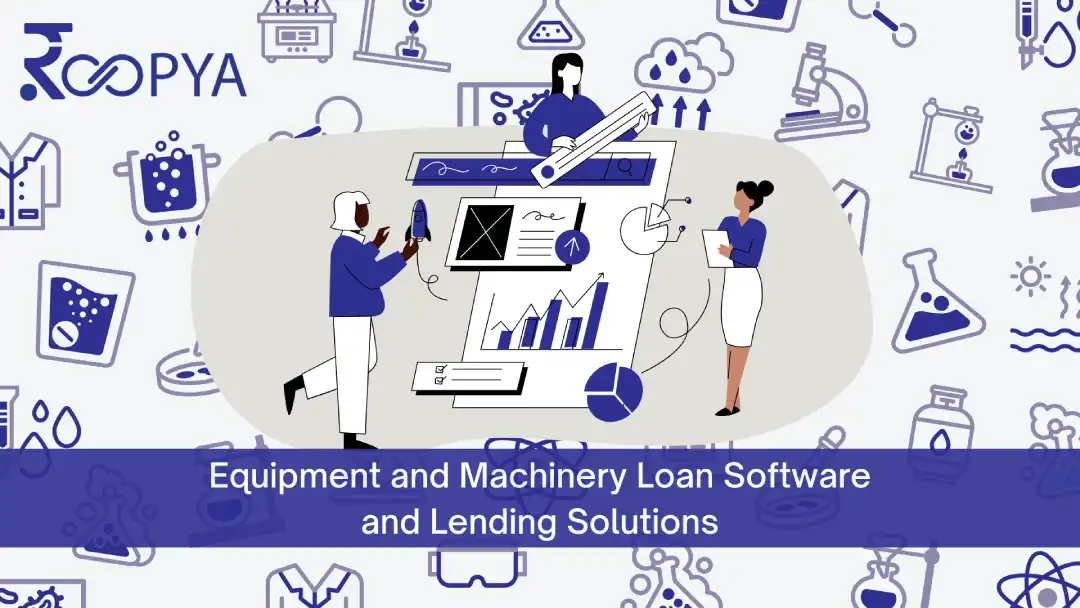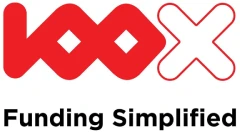Equipment and Machinery Loan Software and Lending Solutions

What is an Equipment Loan or Machinery Loan Software?
Equipment or machinery loan software is specialized financial technology designed to streamline the lending process for businesses acquiring heavy machinery, vehicles, or other substantial assets. Unlike generic loan management systems, this software boasts features tailored to the unique needs of equipment financing, such as asset management capabilities, which allow lenders and borrowers to track the condition, location, and depreciation of financed equipment. It also includes customizable payment schedules to accommodate the uneven cash flow of businesses dependent on seasonal operations or project-based revenue. Furthermore, the software incorporates risk assessment tools that take into account the specific market value and lifecycle of different types of machinery, enabling more accurate loan pricing and underwriting decisions. Additionally, it often integrates with inventory management systems, facilitating seamless updates on equipment availability and specifications, thus enhancing the efficiency of the loan origination process for both lenders and borrowers seeking to finance their equipment acquisitions.
Start Free Trial


